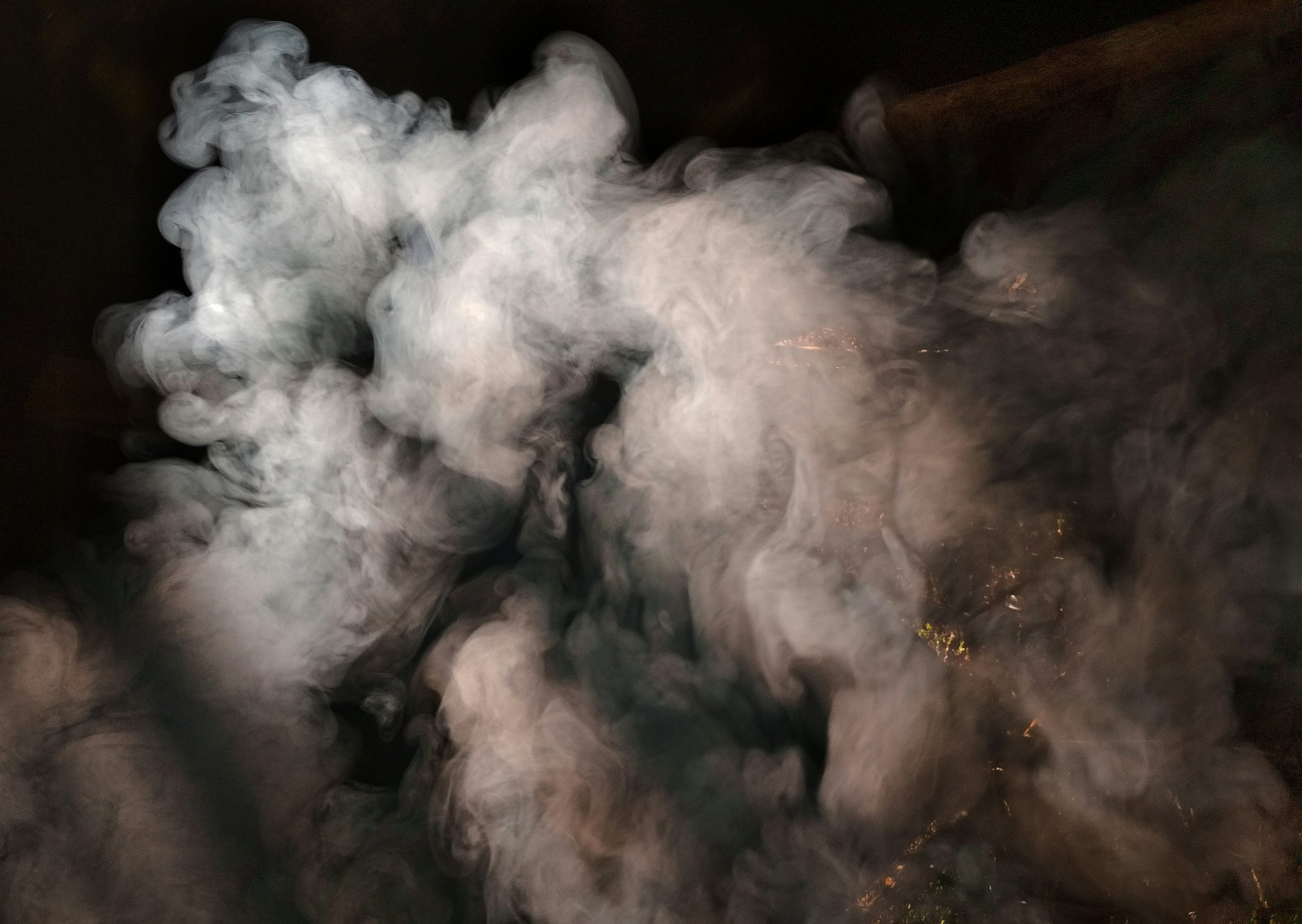Trapped in the Walls: Understanding the Hidden Effects of Smoke Damage in Your Home
When people think about smoke damage, they often imagine dark stains on walls, or a lingering burnt smell in the air. But the truth is, smoke damage goes much deeper than what you can see or smell. Smoke particles are incredibly small—often microscopic—which means they don’t just settle on surfaces, they embed themselves deep into the walls, insulation, vents, and soft furnishings of your home. If left untreated, smoke damage can lead to long-term problems like persistent odors, structural issues, and even health concerns.
Let’s take a deep dive into how smoke seeps into your home, why DIY cleaning isn’t enough, and what can be done to truly restore a smoke-damaged space.
Smoke Doesn’t Just Disappear—It Hides in Your Home
Unlike dust or everyday household smells, smoke particles are designed to travel and linger. When a fire burns—whether it’s from a house fire, a nearby wildfire, or even just an overcooked meal—smoke doesn’t simply float away when the flames are gone. Instead, it infiltrates everything around it, working its way into the drywall, insulation, and ventilation system.
Here’s why that’s a problem:
Drywall is porous, which means it absorbs smoke like a sponge. Even if the surface looks fine after a fire, the walls may still hold onto smoky odors, releasing them over time.
Insulation traps smoke particles within its fibers, making it nearly impossible to clean. Often, smoke-damaged insulation needs to be replaced entirely.
HVAC systems and vents pull in smoke, circulating contaminated air throughout the home long after the fire is out. Without professional cleaning, every time you’re heating or cooling system runs, it could be redistributing those harmful particles.
Even if the damage doesn’t look severe, smoke has a way of hiding deep within your home’s structure, creating long-term issues that won’t go away with a simple wipe-down.
Soft Surfaces Soak Up Smoke Like a Sponge
Walls and vents aren’t the only things affected by smoke damage—your furniture, carpets, drapes, and even bedding can trap smoke particles, holding onto the smell and contaminants long after the fire is out.
Upholstery and carpets absorb smoke odors deep into their fibers, making it difficult to remove the smell with regular cleaning.
Curtains and drapes act like filters, catching airborne smoke and holding onto it, making entire rooms smell smoky even months later.
Bedding and mattresses can retain smoke odors, affecting sleep quality and potentially triggering allergies or respiratory issues.
Trying to remove smoke odors from these soft surfaces with household cleaners often doesn’t work because the particles are embedded too deep. Specialized smoke damage restoration techniques, like ozone treatments and deep-cleaning methods, are necessary to fully eliminate the problem.
Smoke in the Air: The Unseen Health Hazard
Even after cleaning, microscopic smoke particles can continue to linger in the air, causing respiratory irritation, allergies, and even long-term health risks. These tiny particles are small enough to be inhaled, which can lead to:
Breathing issues, especially for those with asthma or respiratory conditions.
Eye and throat irritation, even in otherwise healthy individuals.
Long-term exposure risks, as smoke particles contain toxic chemicals that can be harmful when inhaled over time.
This is why proper ventilation, air scrubbing, and professional cleaning are essential after smoke damage. Simply opening a window isn’t enough. Smoke particles settle in air ducts and vents, continuing to circulate throughout the home.
Why DIY Smoke Cleaning Isn’t Enough
A lot of homeowners try to tackle smoke damage themselves, thinking a deep clean and a few air fresheners will do the trick. Unfortunately, smoke damage is not just a surface problem—it’s a structural one.
Here’s why DIY cleaning often fails:
Household cleaners can’t reach embedded particles in drywall, insulation, and upholstery.
Smoke particles are too small to be removed by regular vacuums or air purifiers. Professional-grade HEPA filters and ozone treatments are needed to fully clean the air.
DIY methods can make things worse—for example, wiping soot with water can actually smear the particles deeper into surfaces.
Professional restoration services, like those offered by Ultrawest Restoration, use industry-grade cleaning solutions, air filtration systems, and thermal fogging techniques to neutralize smoke damage at its source.
How Ultrawest Restoration Can Help
At Ultrawest Restoration, we specialize in removing smoke damage at every level—from deep-cleaning your walls and upholstery to purifying the air and restoring your home’s structure. Our professional techniques ensure that smoke isn’t just masked but eliminated, so you’re not left with lingering odors, hidden toxins, or potential long-term health risks.
If your home has been affected by smoke damage—even if the fire was minor or happened in a nearby area—it’s important to act fast. The longer smoke particles sit, the harder they are to remove.
Don’t Let Smoke Stay Trapped—Restore Your Home Today
Smoke damage may not always be visible, but it can have lasting effects on your home’s air quality, structure, and even your health. If you notice lingering smoke odors, discoloration on walls, or unexplained allergies, it’s time to call in the professionals.
At Ultrawest Restoration, we don’t just clean—we restore. Contact us today to schedule an assessment and let us help you breathe easier in your home again. Because when it comes to smoke damage, what you can’t see can still hurt you.



